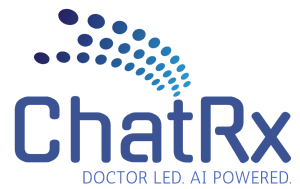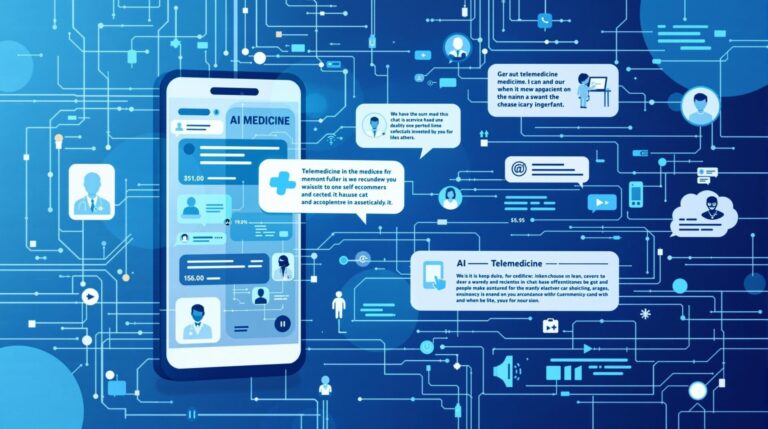Understanding the difference between asynchronous and synchronous telehealth helps you choose the most effective approach for your healthcare needs, timing preferences, and medical situation.
Synchronous telehealth explained:
Real-time interaction between you and your healthcare provider through video calls, phone consultations, or live chat sessions.
Scheduled appointments require both parties to be available simultaneously, similar to traditional in-person visits.
Immediate feedback allows for real-time conversation, clarification, and dynamic assessment.
Visual examination capability through video enables providers to observe facial expressions, throat appearance, and other visible symptoms.
Asynchronous telehealth explained:
Time-delayed communication where you submit information, symptoms, and questions that providers review and respond to later.
No scheduling required – you can access care whenever convenient, without coordinating availability with a provider.
AI-enhanced evaluation often guides the initial assessment, asking targeted questions based on your responses.
Comprehensive questionnaires gather detailed symptom information that might be missed in live conversations.
When synchronous works better:
Complex medical conditions requiring detailed discussion and real-time clarification benefit from live interaction.
Mental health consultations often need immediate response and emotional connection that video calls provide.
Physical examinations requiring visual assessment of movement, breathing patterns, or interactive testing.
Emergency situations where immediate guidance and rapid decision-making are essential.
When asynchronous excels: Routine conditions like UTIs, strep throat, or yeast infections where symptom patterns are well-established.
Busy schedules that make coordinating appointment times difficult or impossible.
Time zone challenges when providers and patients are in different regions.
Thoughtful responses where you want time to carefully describe symptoms without feeling rushed.
Cost and accessibility differences: Asynchronous care typically costs less and provides broader access since providers can serve more patients efficiently.
Synchronous care may be more expensive due to dedicated provider time but offers immediate interaction.
Effectiveness for different conditions:
Acute infections (strep throat, UTIs, sinusitis) work well with asynchronous assessment since symptoms follow predictable patterns.
Chronic disease management often benefits from synchronous monitoring and real-time discussion.
Prescription needs can be effectively handled through either method depending on the complexity.
Your personal preferences matter: Consider your communication style, technology comfort level, schedule flexibility, and the type of medical issue when choosing between approaches.
Hybrid approaches: Some platforms combine both methods, using asynchronous initial assessment followed by synchronous consultation when needed.
ChatRx utilizes an asynchronous, AI-powered approach that’s particularly effective for diagnosing and treating common acute infections quickly and affordably.









